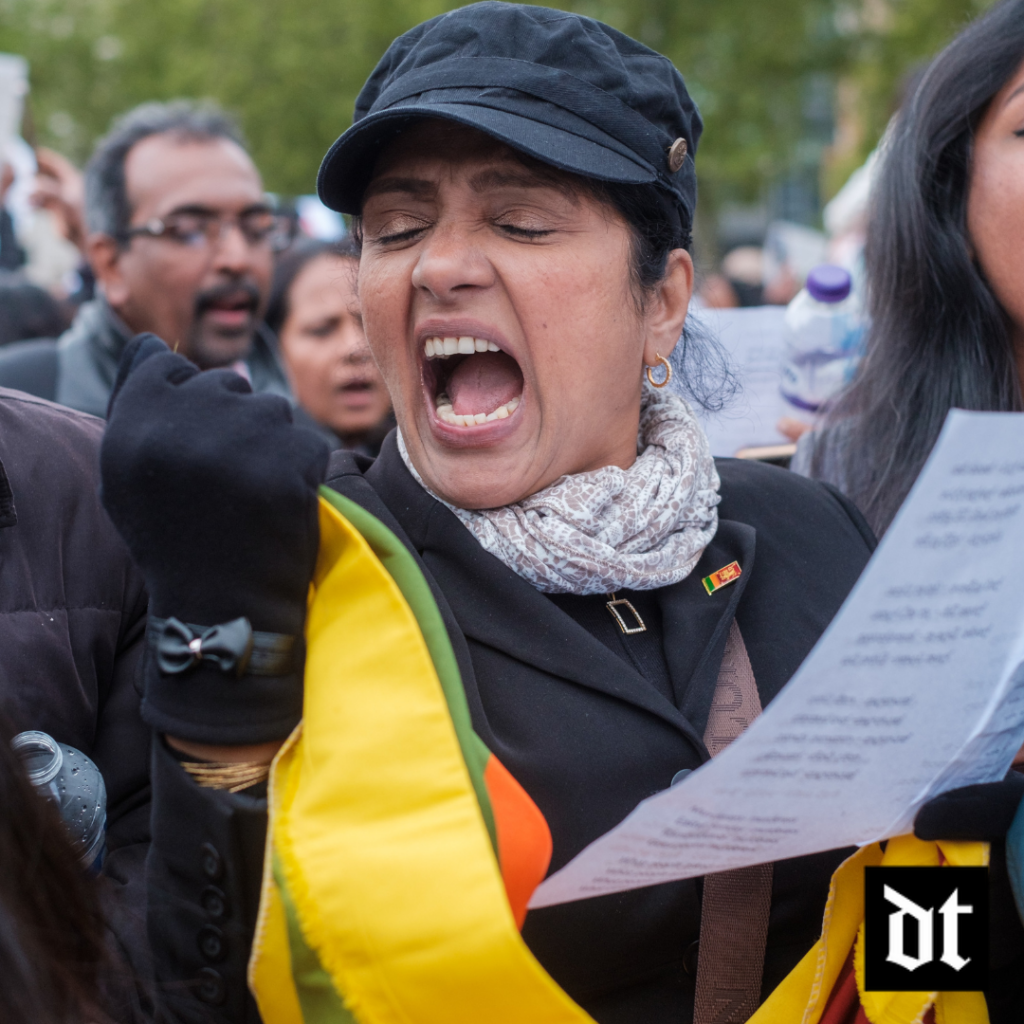
The news hit big on Sri Lanka and its economic crisis June this year when citizens ousted the Prime Minister and overthrew President Gotabaya Rajapaksa. Following numerous protests by citizens calling upon the Global media channels were quick to highlight the country’s staggering economy, foreign debt, and worsening living standards for the citizens. However, the big question is, what happened to Sri Lanka? The once vibrant country in South Asia that showed so much economic promise?
The truth is. We cannot pinpoint only one thing as the cause of Sri Lanka’s economic troubles. The country struggles with both internal and external debt amounting to $50 Billion with $6 Billion to be paid in 2022. Budget deficits, devalued currency, hyper economy, and the global pandemic coupled with over 15 years of political mismanagement can brew financial disaster for a country. Since its independence in 1948, the Sri Lanka government has gone from taking low-interest rate lending from concessionary to commercial loans at a high rate.
From Bad To Worse
After experiencing war, the President then took out a loan in the hopes of attracting tourism to the country. The resources were then invested in flashy projects, which did not prove yielding leaving the country in heavy foreign debt. This miscalculated move was followed by taking out more loans rather than adopting economic reforms to populate foreign reserves.
COVID and the Easter bombings put Sri Lanka in a tougher situation as tourism, the country’s primary source of foreign revenue, further plummeted. By 2021, the decision to ban chemical fertilizers pushed the country over the edge creating food security concerns, energy price hikes, food shortages, and overreliance on exports for the country’s economic growth.
IMF Steps In To Help With Economy Recovery

With the piling debt, the country resorted to reaching out to the IMF for a helping hand. The IMF offered $2.9 Billion for over four years under the Extended Fund Facility to help Sri Lanka amidst their economic turmoil, which the Washington-based fund’s leadership approved. With the funding, the country has to agree to a program that focuses on broadening the country’s economy.
Even with IMF funding, the road ahead for Sri Lanka is long. While it will set them on the path to debt sustainability, the country will need to do more to recover its economy. A sit down with the international creditors to negotiate a restructuring of the debts is a step in the right direction to clearing the debts.
Is There Hope For Sri Lanka After All?
Sri Lanka may have fallen in its worst times, but all hope is not lost for the country. With changes in their economic management and help from other countries. India presented a comprehensive plan to boost the economy and infrastructure of the country, with US $20 million as part of humanitarian assistance. QUAD allies have pledged to increase relief packages to pull Sri Lankans from the brink. It will take proper leadership to set the country back on the path to glory, but the future of Sri Lanka is worth saving.
